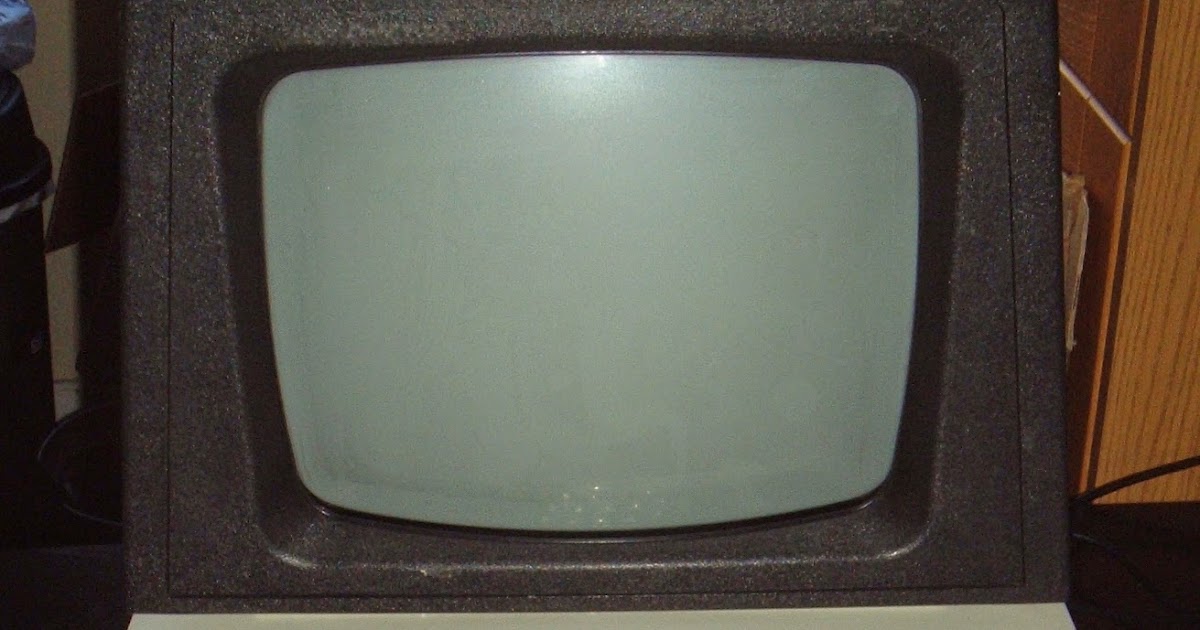Hi community
As the title says, my PET is sick again (my vintage electronic stuff seems to break down faster than I can fix it). Of course this happened when I wanted to show it off to visitors...
Before I poke around I thought I'd ask for some tips where to look? It still chirps on start up but nothing moves on the screen, instead it shows this:

Turning the brightness knob doesn't do much except changing the brightness a bit. As it still chirps, I guess the fault is in the CRT circuitry?
Thanks for your help
As the title says, my PET is sick again (my vintage electronic stuff seems to break down faster than I can fix it). Of course this happened when I wanted to show it off to visitors...
Before I poke around I thought I'd ask for some tips where to look? It still chirps on start up but nothing moves on the screen, instead it shows this:

Turning the brightness knob doesn't do much except changing the brightness a bit. As it still chirps, I guess the fault is in the CRT circuitry?
Thanks for your help

